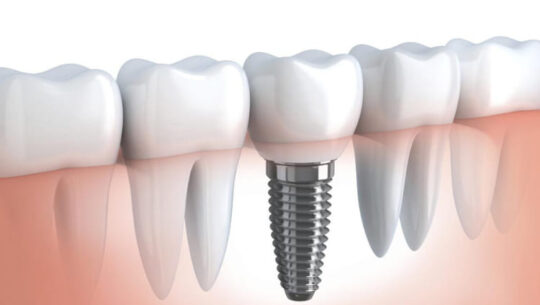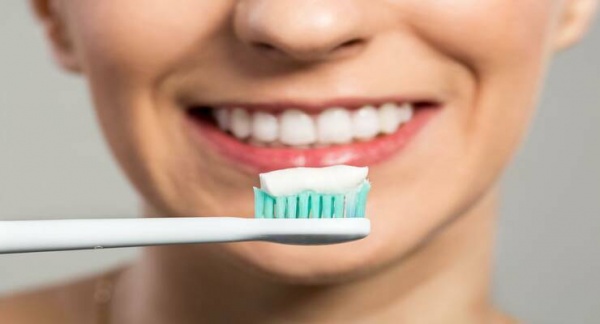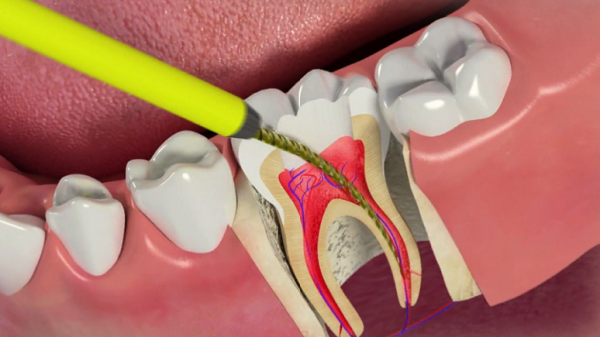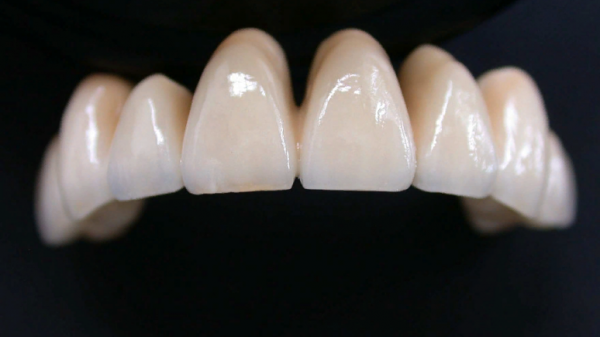If a tooth is severely damaged and a filling can no longer save it, you have to put in a crown. A crown is a "cap", an artificial tip of the tooth. And what should be under it - a post, an inlay or an implant, many are often not guided. Meanwhile, the life of the denture will depend on the type and quality of support - that is, what it will be fixed on.
Generally speaking, it is correct to compare only a post and an inlay (core builder) - they serve to strengthen the tooth. But for the installation of an implant the indication is completely different - it is the complete absence of a tooth. But let's talk more about it.
What is a dental post and what is it for?
A post is a factory-made metal or fiberglass rod. The post is inserted into a previously prepared root canal - that is, into the root of the tooth from which the nerve was previously removed. The crown of the tooth is already formed around the top of the root, usually with composite material.
A standard post may not perfectly match the shape of the root canal, then the load is uneven, the post creates excessive stress in the root of the tooth and the root may crack. Durability of the construction with a post is rarely more than 3-4 years.
If a treated tooth root is cracked because of a post, it creates a breeding ground for bacteria, resulting in secondary caries. Or even worse, the inflammation can extend beyond the root, and this is serious.

What is an inlay and how is it better than a post?
To begin with, there are two types of dental inlays: restorative and core builders. There are many differences between them. Today we're talking about the second type of inlay, which can be compared to a post.
The purpose of the core inlay is to strengthen the root of the tooth after root canal treatment. And become a support for the crown.
The stump inlay looks like a slingshot. The upper rounded part (stump) serves to fix the crown. And the lower part in the form of "horns", repeating the shape of the root canals, is installed in the root.
These inlays are only made individually out of durable ceramic, metal, or zirconium dioxide. After the roots are treated and the inflammation is removed, the orthopedist takes an impression of the root canals and gives it to the dental technician. He produces an inlay strictly to the size of the internal cavity of the roots and returns it to the clinic. When everything is ready, the patient is invited for a fitting, and if everything is satisfactory, the inlay can be cemented in the tooth.
The difference between a post and an inlay is substantial. A properly placed inlay can last for decades. That's why this method of root strengthening is the most effective and safest.
When do I need an implant instead of an inlay or post?
Unlike dental pins and inlays, implants come to the rescue when there is no way to save the root of the tooth. That is, the tooth is completely lost - it is simply gone.
Essentially, an implant is an analogue of a tooth root, made in the form of a rod made of titanium. It is installed directly into the bone tissue. A transitional element (abutment) is attached to the top of the implant, and a full-fledged crown is placed on top of it.
So, a post or a core builder are different ways to strengthen an existing tooth root. And an implant is used when you need to replace the root completely. Do not hesitate to ask the doctor which solution he has chosen for installation and why. The technology you choose determines the longevity of your dentures.






